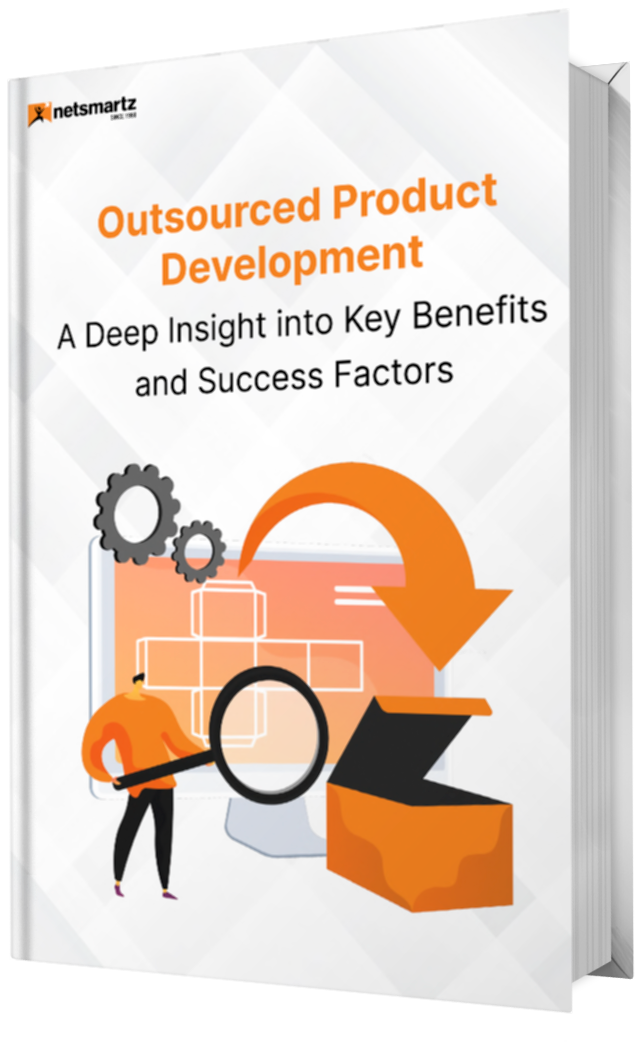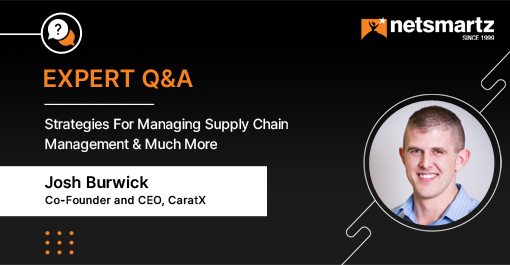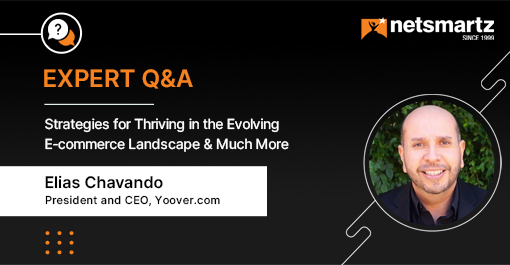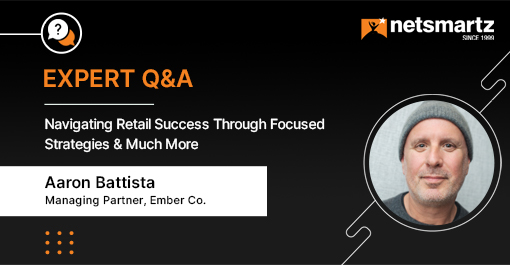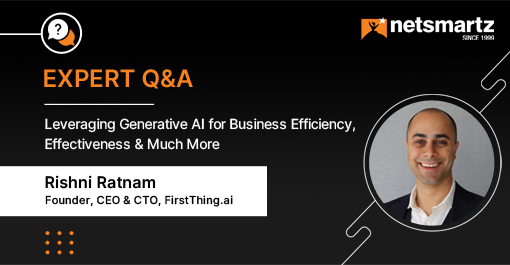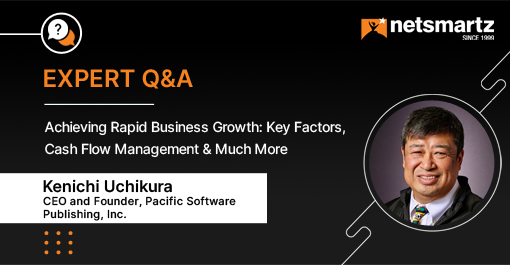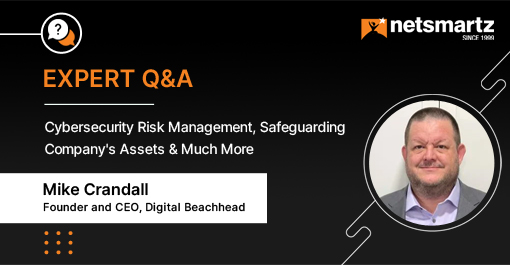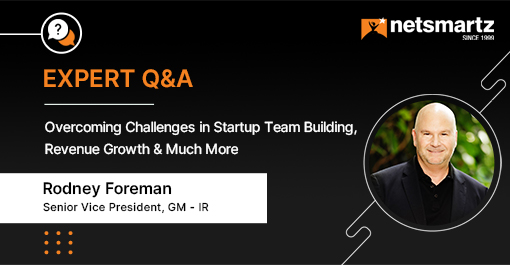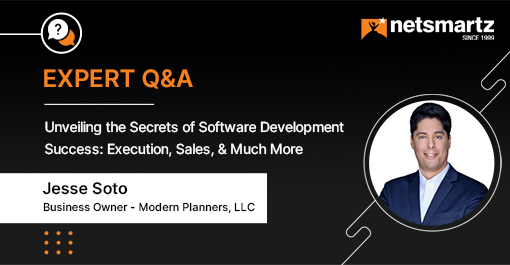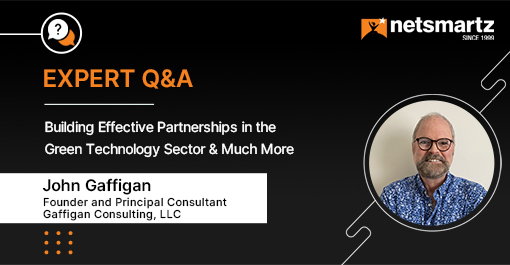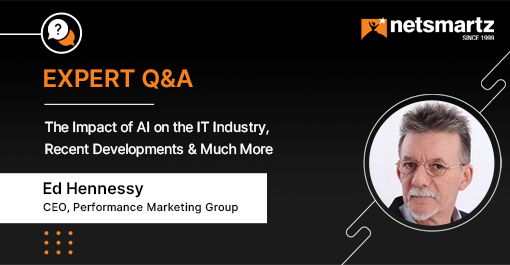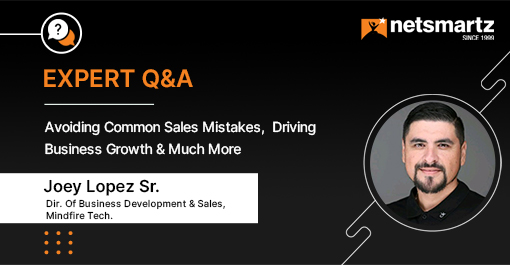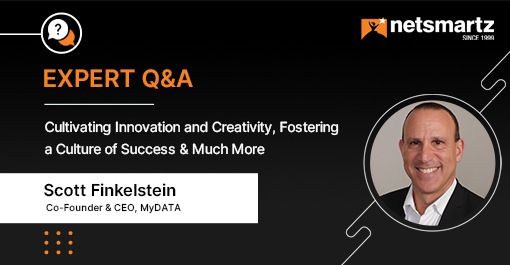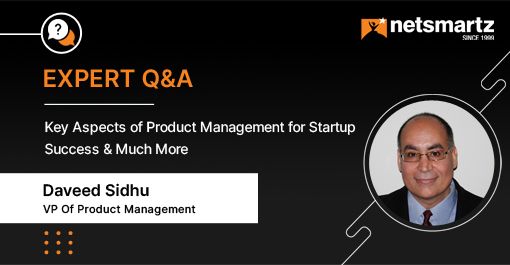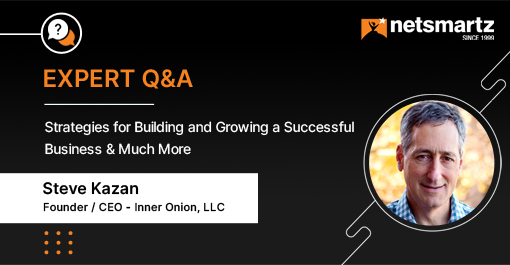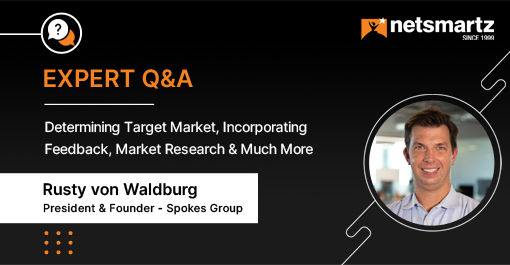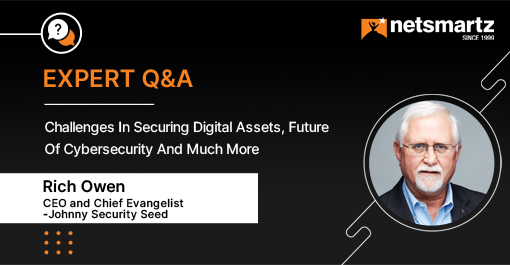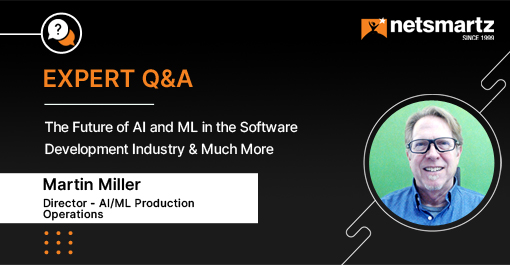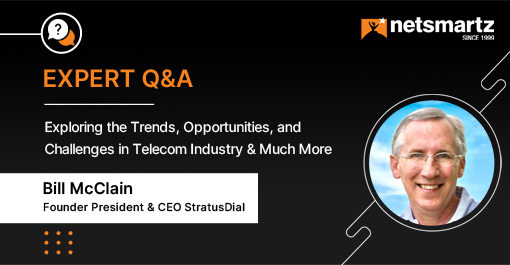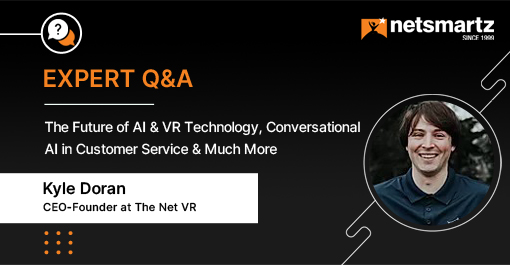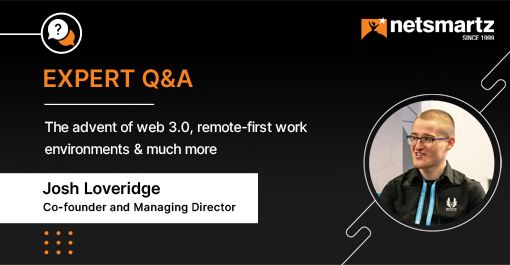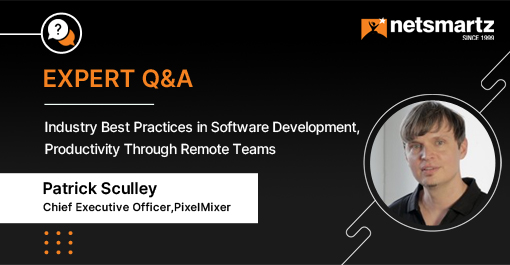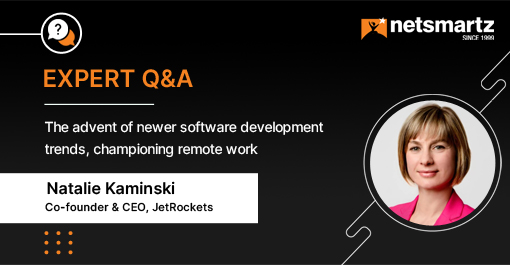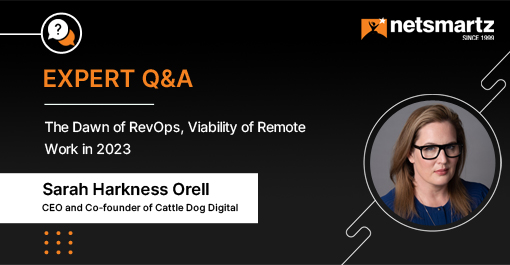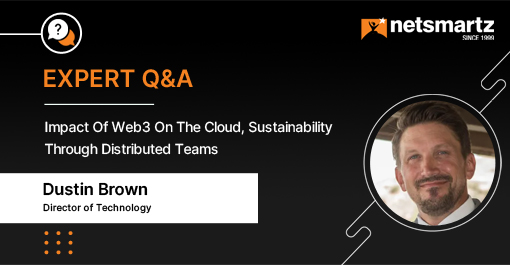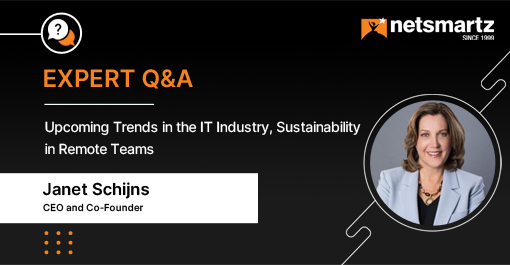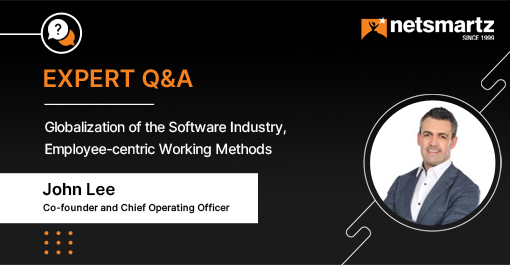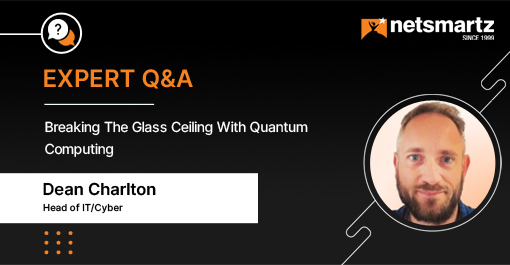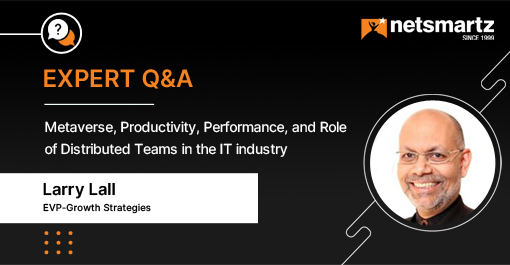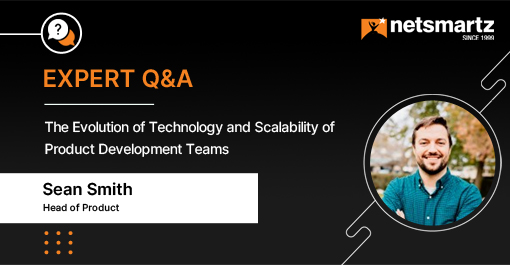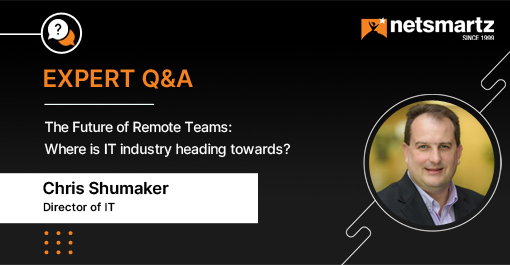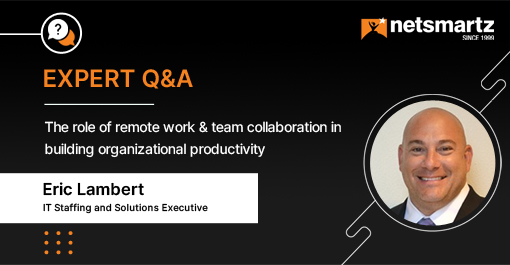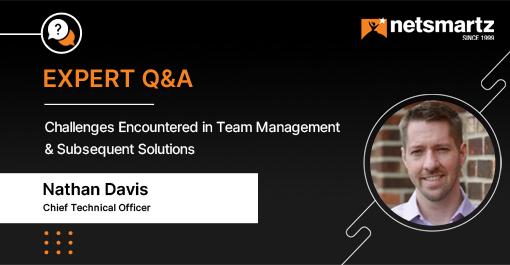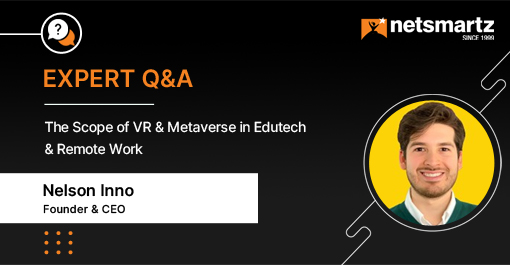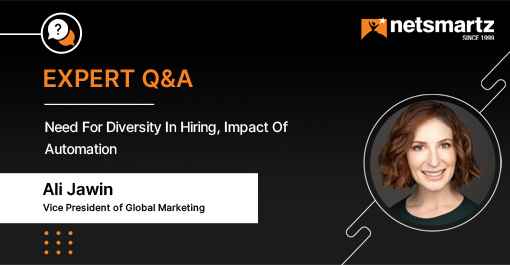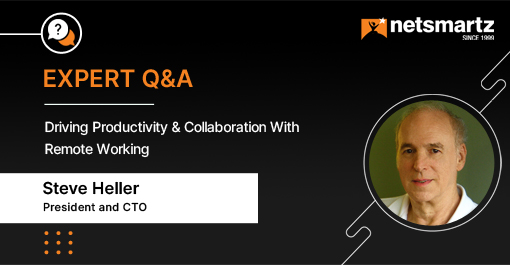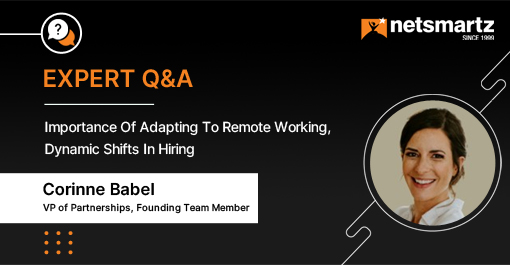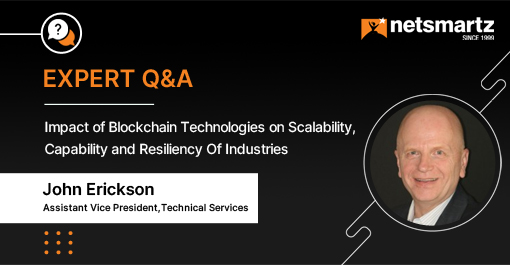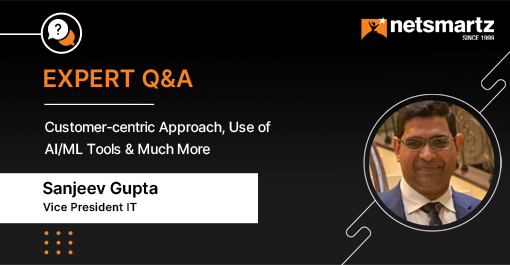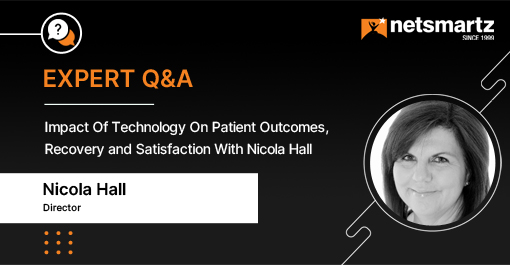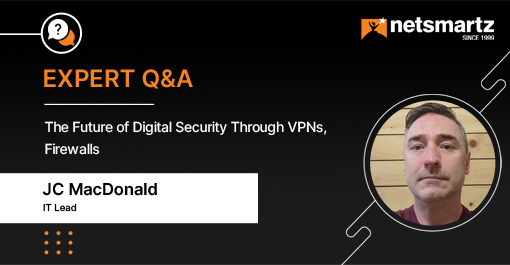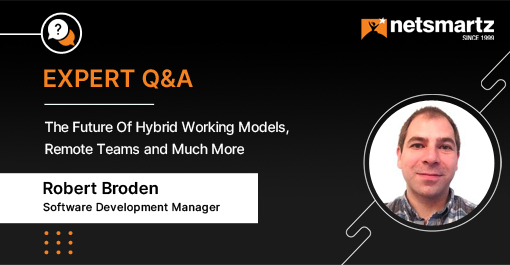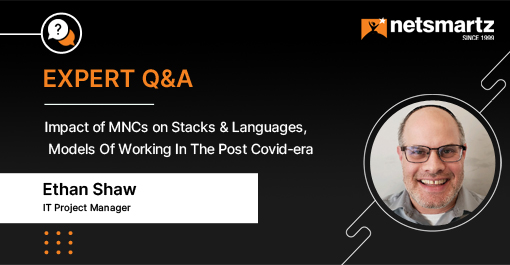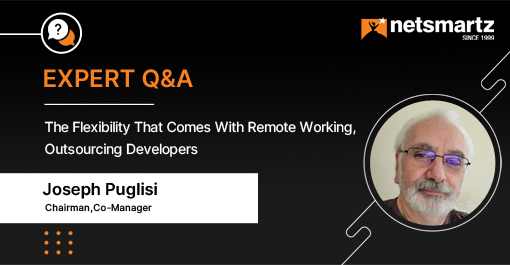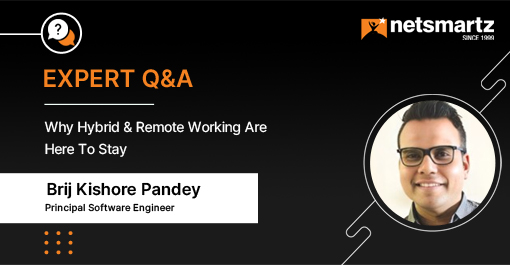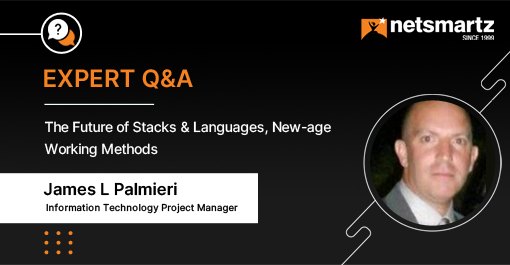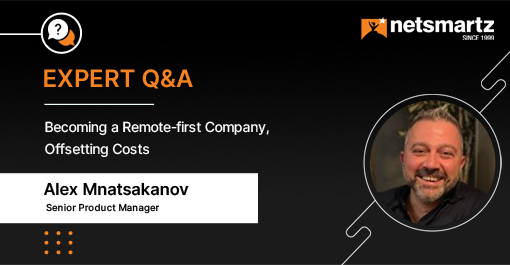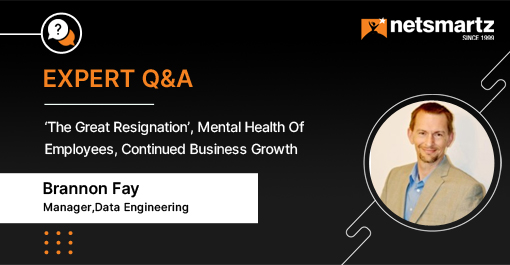The Impact of AI on the IT Industry, Recent Developments & Much More
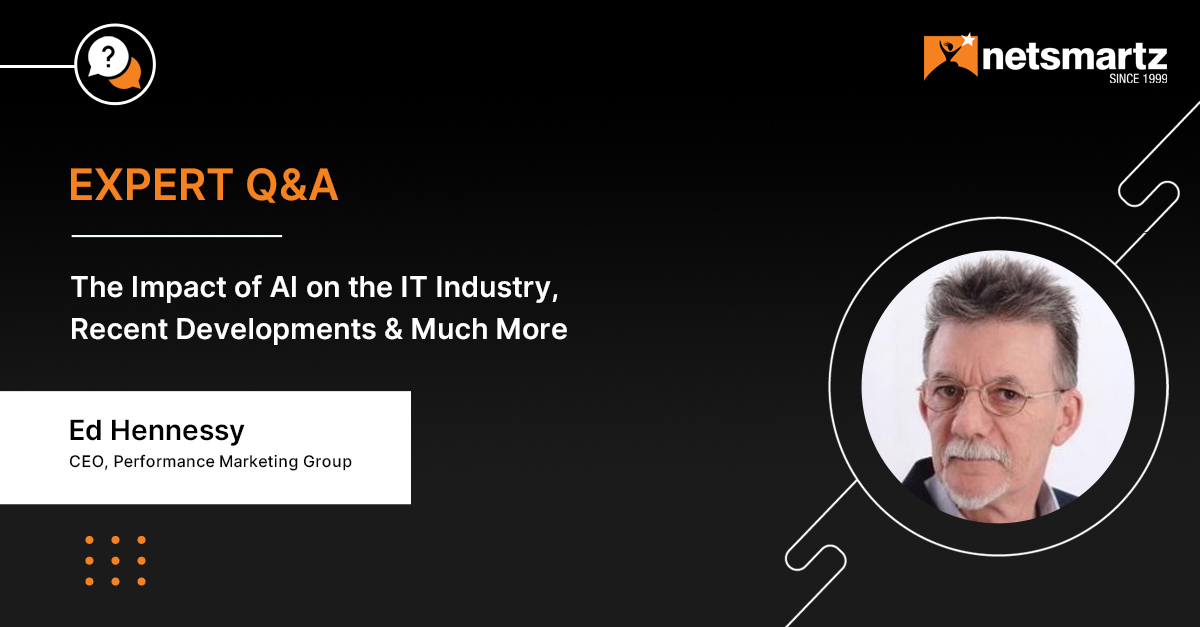
AI has emerged as a transformative force across industries, including the IT sector. In recent years, its impact on the IT industry has been profound, revolutionizing processes, enhancing efficiency, and enabling new possibilities. In this article, we will explore the influence of AI on the IT industry, discuss its future growth potential, and provide insights into how companies can effectively leverage AI to stay ahead of the competition.
That’s why we got in touch with Ed Hennessy to explore the influence of AI on the IT industry, discuss its future growth potential, and provide insights into how companies can effectively leverage AI to stay ahead of the competition.
Keeping on reading to learn his insights!
Want to contribute to our expert insights?
Contact Us About Ed Hennessy
About Ed Hennessy
Ed is a seasoned expert in the Aerospace and Defense markets. With a wealth of experience and a strong network of industry connections, he offers invaluable expertise and guidance to technology companies operating in these target segments. His deep understanding of the industry allows him to develop tailored market programs, launch successful campaigns, build strategic alliances, and provide effective sales training. Through his extensive network, he facilitates introductions and partnerships, helping clients tap into new sources of business and secure funding for their growth needs.
1. How has AI impacted the IT industry in recent years, and what do you foresee as its future growth potential? Also, how can companies in the IT industry effectively incorporate AI into their products and services to stay ahead of the competition?
We are seeing the advent of AI across the board within the target segments that we specialize in – Aerospace/Aviation and Defense. One key area is the application of AI to support the Counter-UAS Initiative. AI is being utilized to intelligently scope out the landscape (combat environment) to identify, neutralize or destroy enemy or bad actor threats. AI works in cooperation with other technologies to accomplish this. Growth potential within the C-UAS target segment has mushroomed over the last 3-5 years, has become a priority item within the Military Doctrine, and has 3X the budget/funding allocation compared to previous years. Market size is estimated to be $970MM today and growing to 3.9B – projected with a 26.4% CAGR. The future of AI in this segment – will work cooperatively between uncrewed and crewed vehicles/platforms – with drones taking on a critical role. The US is currently behind in AI applications in this area, although there are key Initiatives and dedicated programs to change that picture. Without AI – the result will be increased vulnerability – for those players falling behind.2. In your opinion, what are some of the biggest mistakes that companies make while fundraising? And how can they position themselves to raise funds effectively?
Several of the biggies that we see include:- Inexperienced start-ups and early-stage companies that think their breakthrough and innovative technologies alone will sway and win Investors – overlooking all of the other key factors that go into the evaluation and selection process.
- Underestimating the cost and time required to support the full fund-raising journey. Many companies do not even scope out a budget to support this. It’s not a free ride, and we have seen Tech companies drop out of the fund-raising effort – even if the advice was provided on the front end about what it takes to go the distance.
3. Are there any emerging trends or shifts in the Aerospace & Defense technology industry?
Loaded question – and many different areas and perspectives:- Drones are changing the face of modern military warfare.
- Supply chain effectiveness has become a key priority.
- Shifting the emphasis on Power Players – the US DOD’s primary competitive target has become China – this has turned the DOD game plan on its head while continuing to cope with other threats.
- Technology is moving faster than end-users – which means that many plans have to be scrapped – and redefined – the obsolescence factor is now expressed in months, not years, and keeping pace is overwhelming.
- The advent of eVTOL, Air Taxis, new forms of supporting transportation needs, etc. – particularly within the Aviation and Support Services Industry – is challenging and fracturing the Industry – although the acceptance/adoption curve is still a factor in establishing these new approaches, as standards.
- The US has been dependent on off-shore providers for integrated circuits, rare earth minerals, and other commodities – and now must build internal capabilities (like the Trusted Foundry Initiative) to lessen our dependence – Big Bucks and Long cycles to get there.
4. How do companies differentiate themselves from other service providers in this space, and how can they provide unique values?
Within the Defense & Military target segment – one answer revolves around understanding the framework for Doing business with the DOD (for example): The target sector – like C4ISR, the Initiative – like collecting data on enemy military installations (say, missile silos or launch sites) – Program – like DARPA’s Fiddler Program – Key Technologies – like satellite imaging, sensor, and radar suite – Platforms – Aster onboard Terra NASA platform – Application – like Object Recognition. The differentiation Technologically – will vary from one supplier to the next – although the key is how they relate to the framework above. Feature, Function, and Fit only go so far – and with the DOD, no matter how the raw technology/product differs – that’s not where the game is played. The DOD is highly structured and formal, meaning criteria like Vendor Past History, best problem solution, cost-effectiveness, Life-Cycle Support- Maintainability, Transfer Cost, Upgradeability, and many other factors are key to the evaluation and selection process. Wrapping Up
Wrapping Up
AI continues to reshape the IT industry, offering vast growth potential for companies that effectively incorporate it into their products and services. By understanding the common fundraising mistakes and implementing strategies for effective fundraising, companies can secure the resources they need to thrive and innovate. In the Aerospace & Defense technology industry, staying updated on emerging trends and shifts is crucial for remaining competitive. Differentiation in this space relies on aligning with specific frameworks, meeting stringent criteria, and providing unique value through problem-solving, cost-effectiveness, and comprehensive support.
As technology advances and industries evolve, it is imperative for companies to adapt, leverage emerging technologies, and differentiate themselves effectively to maintain a competitive edge. By staying informed and agile, businesses can navigate the ever-changing landscape and position themselves for success in their respective industries.
Overall, this Expert Q&A was refreshing. As much as we enjoyed reading it, we hope you will find it insightful as well.

Are You An Influencer?
Make Your Mark as a Thought Leader
We invite industry influencers to participate in our Q&A panel, offering the audience valuable insight into cutting-edge technology trends, platforms, and more.




